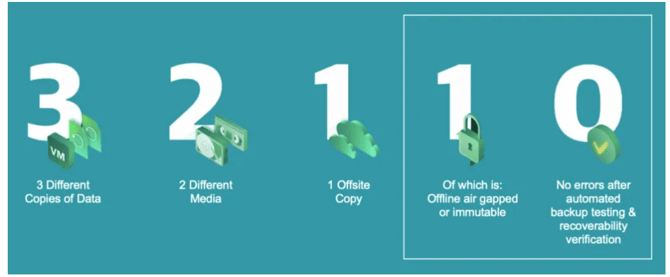Quick question: Is your data backed up?
Data center services and solutions for three common scenarios that can lead to major data losses By Tim Pritchett
Matrix Integration : Oct 5, 2023 2:22:18 PM

With the number of data breaches increasing, it’s not a question of if your business will experience a cyberattack, but when.
According to a recent cybersecurity report from Cisco,Even if your business isn’t attacked, there are lots of other ways to lose data, from user errors to unpatched end-of-life technology.
The trend that we’re seeing at Matrix Integration is that when a business’ data is compromised, pain and preparedness are directly correlated. Companies who not only have accessible backups but have also practiced restoring from those backups are immediately ahead of others who have no strategic plan around disaster recovery.
In designing a data recovery plan, we follow the 3-2-1-1-0 rule, which has been advocated and followed for years by our strategic partner Veeam.
There’s a lot of flexibility in implementing the 3-2-1-1-0 rule in terms of where to store data and what formats it should be stored in, which is where Matrix works with you and your IT team to collaborate on solutions that meet your business’s needs.
Other considerations include:

Data center services and solutions for three common scenarios that can lead to major data losses By Tim Pritchett

Companies need a plan to secure employee devices before lost and stolen devices lead to major data breaches. By Tim Pritchett

Whether innocently or on purpose, sometimes your own employees can steal or damage data. How does this happen, and what security solutions can help...
Matrix Integration’s expertise and access to cutting-edge technology positions us to provide the right technology solutions for the critical challenges you face.